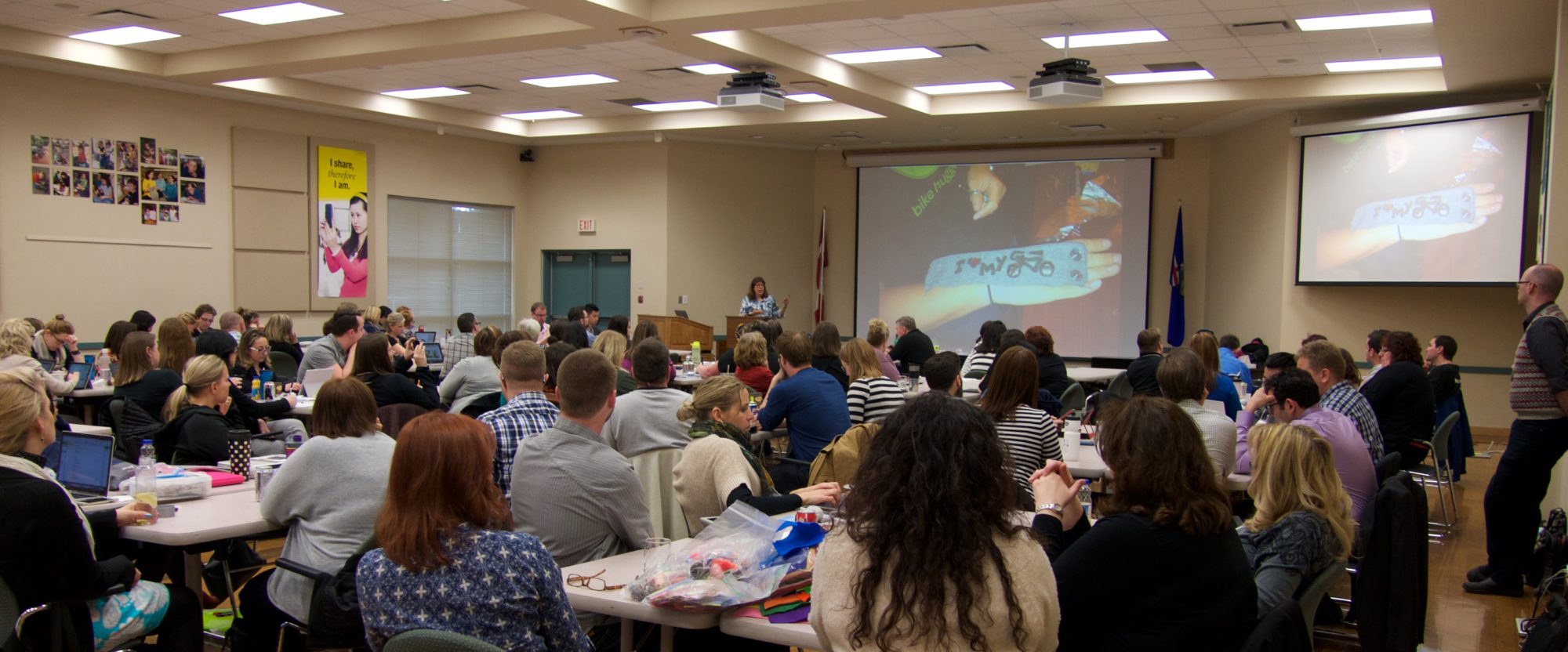Education Week: Expert Issues Warning on Formative-Assessment Uses.
Education Week has an excellent (and short!) article about how formative assessment is not a well-understood concept. I seem to be hearing the words “formative assessment” with greater frequency, perhaps moving into the “buzzword” category. But what does it really mean?
“Margaret Heritage, the assistant director for professional development at the National Center for Research on Evaluation, Standards and Student Testing, or CRESST, at the University of California, Los Angeles, appeared on a panel here last week to discuss a new paper intended as a reminder of what formative assessment should be.”
“Referring to a body of work that sought to define formative assessment during the past two decades, including the influential 1998 article, “Inside the Black Box,” by Paul Black and Dylan Wiliam, she said formative assessment is not a series of quizzes or a “more frequent, finer-grained” interim assessment, but a continuous process embedded in adults’ teaching and students’ learning.” (emphasis mine)
Lately, I’ve been hearing summative assessment as if it means “the test at the end” and formative assessment is testing leading up to that. This is clearly not the case. Take a trip around vendor booths at any educational conference and you will see that formative assessment is being sold as mini-quizzes that are supposed to give the teacher “feedback” about how the student is doing so “adjustments” can be made before the final test. This is a terrible corruption of the meaning of formative assessment and strips it of its power.
“Teachers use formative assessment to guide instruction when they clearly define what students should know, periodically gauge their understanding, and give them descriptive feedback—not simply a test score or a grade—to help them reach those goals, Ms. Heritage said. Students engage in the process by understanding how their work must evolve and developing self-assessment and peer-assessment strategies to help them get there, she said.”
Turning formative assessment into more little tests is a deceit aimed at selling more testing products and making them easier to invent, administer and catalog.
To do formative assessment, teachers have to talk to students and look at student work. They have to have a relationship with the student so that the feedback is meaningful and useful. With good professional development and a supportive school culture, teachers can learn to do formative assessment. It doesn’t take more time to do it right.
What takes time is testing that focuses on catching students at what they DON’T know for the purpose of collecting more data points. Those gaps in understanding could have been caught in the context of learning. Missing those teachable moments is a lost opportunity that can’t be regained.
“Ms. Heritage’s comments echo others’ concerns that the meaning of formative assessment has been hijacked as the standards movement has pressed states into large-scale testing systems. The result, Ms. Heritage said, is a “paradigm of measurement” instead of one of learning.”
“A teacher quoted at the end of Ms. Heritage’s paper captures the essence of the paradigm shift Ms. Heritage has in mind.
“I used to do a lot of explaining, but now I do a lot of questioning,” said the teacher. “I used to do a lot of talking, but now I do a lot of listening. I used to think about teaching the curriculum, but now I think about teaching the student.””
Doing real formative assessment is not impossible, and shouldn’t be dismissed as “too difficult” or “too expensive.”
What’s really expensive is to do cheap things that don’t work, waste time, and discourage student/teacher relationships.
Sylvia



 A prevalent view of education is that young people are empty vessels and schools simply open up their heads and pour in knowledge. Unfortunately this is a vision of education that is not serving us well in the 21st century. For a few students, this clearly works, but for many, this is a futile effort — made worse by an increasing focus on testing a few subjects at the expense of high-interest subjects like art and music.
A prevalent view of education is that young people are empty vessels and schools simply open up their heads and pour in knowledge. Unfortunately this is a vision of education that is not serving us well in the 21st century. For a few students, this clearly works, but for many, this is a futile effort — made worse by an increasing focus on testing a few subjects at the expense of high-interest subjects like art and music.